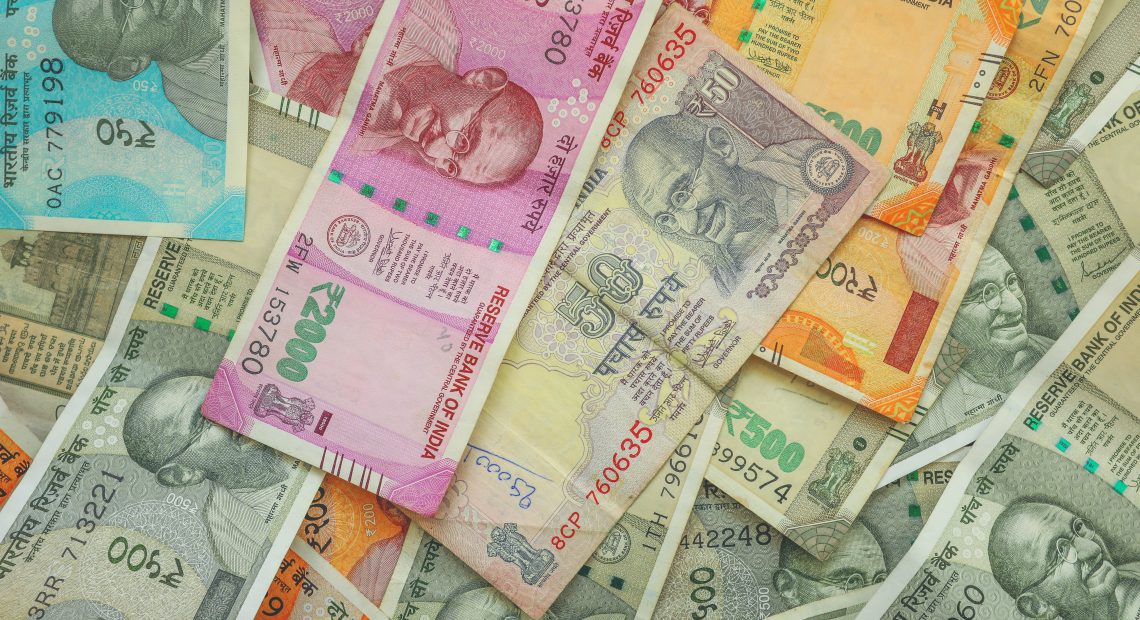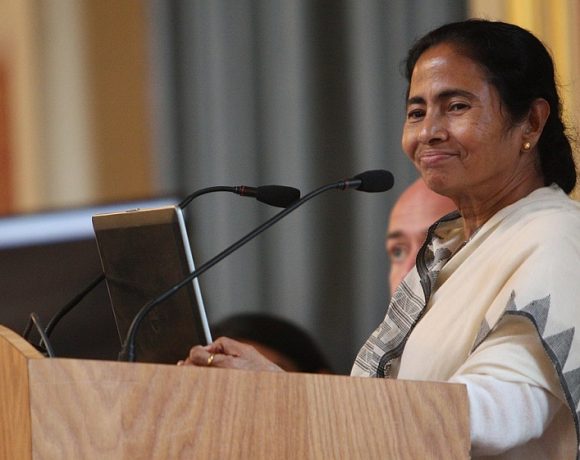
Indian Rupee Hits Record Low Amid U.S. Tariff Concerns
The Indian rupee plunged to an all-time low of 87.96 against the U.S. dollar following the announcement of new tariffs by the United States. The depreciation reflects growing concerns over trade tensions and their impact on global markets.
U.S. Tariffs Trigger Currency Decline
The decline in the rupee was triggered by the latest announcement of higher import tariffs by the U.S., including a 25% duty on steel and aluminum. The new trade policy aims to impose reciprocal tariffs on goods from other countries, mirroring their tax structures on U.S. exports. This move has fueled concerns over potential trade disruptions, leading to a sell-off in emerging market currencies, including the rupee.
Factors Contributing to Rupee Depreciation
Several factors have intensified pressure on the rupee in recent weeks:
- Global Trade Uncertainty: The announcement of tariffs has heightened fears of a trade war, prompting investors to move towards safer assets like the U.S. dollar.
- Foreign Capital Outflows: Investors are withdrawing funds from Indian markets, leading to increased demand for the dollar and a subsequent weakening of the rupee.
- Domestic Economic Pressures: Slowing growth and market expectations of interest rate cuts have further contributed to the currency’s decline.
RBI’s Intervention to Stabilize the Rupee
The Reserve Bank of India (RBI) has been actively intervening in the foreign exchange market to prevent excessive volatility. The central bank has taken steps, including selling dollars through public sector banks, to cushion the fall. However, despite these measures, the rupee breached the 87 mark for the first time, underscoring the challenges of stabilizing the currency amid global economic uncertainties.
Market Outlook and Future Trends
Analysts predict that the rupee may continue to face downward pressure in the near term due to ongoing global trade tensions and domestic economic headwinds. The RBI’s monetary policy stance, along with international market developments, will be crucial in determining the rupee’s trajectory in the coming weeks.
Investors and businesses are closely monitoring the situation, as fluctuations in the rupee’s value could impact trade, inflation, and overall economic stability. The coming days will be critical in assessing how policymakers respond to the evolving market dynamics.


















